Medieval Rich People Unknowingly Poisoned Themselves With Lead And Other Hazardous Heavy Metals
MessageToEagle.com – A new study suggests that medieval people were exposed to hazardous heavy metals like lead, which was frequently used to glaze pottery. The poor, who could not afford such items, avoided the high levels of exposure.
Being rich in the Middle Ages, had its advantages, but being able to afford expensive and beautiful crockery was not one of them.
“One of the worst side effects of lead is that it leads to lower intelligence in children. After a few generations [of lead consumption] it could become really bad,” says co-author Associate Professor Kaare Lund Rasmussen, from the Department of Physics and Chemistry at the University of Southern Denmark.

Archaeologist Mikael Manøe Bjerregaard from Odense City Museums in Denmark is full of praise for the new research.
“Although we’ll never have the names of these medieval people, we can still say a lot about their standard of living. It’s fascinating that we can get that close,” says Bjerregaard, who was not involved in the study.
The researchers examined the lead content of 283 skeletons from six cemeteries in Denmark and Germany, dating back to the Middle Ages between 1000 and 1536 CE, and represent both urban and rural communities.
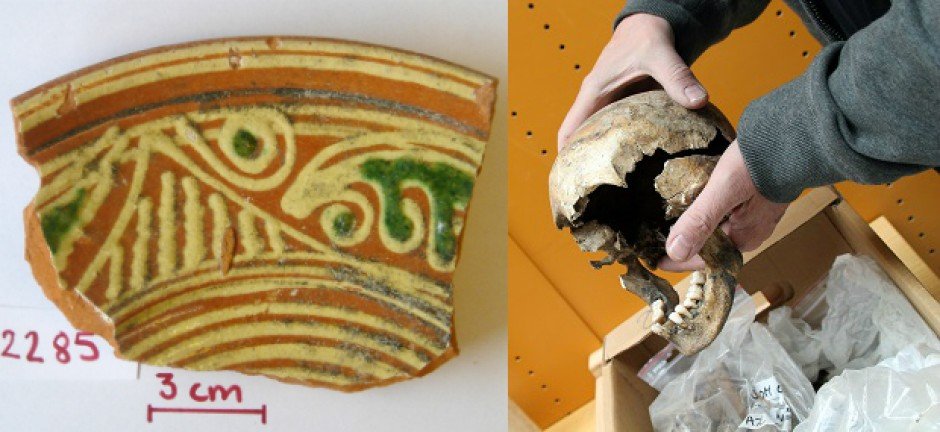
The researchers compared the lead content in skeletons from the city with those from the country, and saw that city dwellers had significantly higher levels of lead that those living in the country.
The cause, says Bjerregaard , was expensive ceramics decorated with a lead oxide glazing.
“These ceramics were used much less in the countryside, so it’s an urban phenomenon as wealthier people would’ve had greater access to these ceramics. It’s the top of society that would’ve had them, and they would’ve been relatively rare in the countryside,” he says.
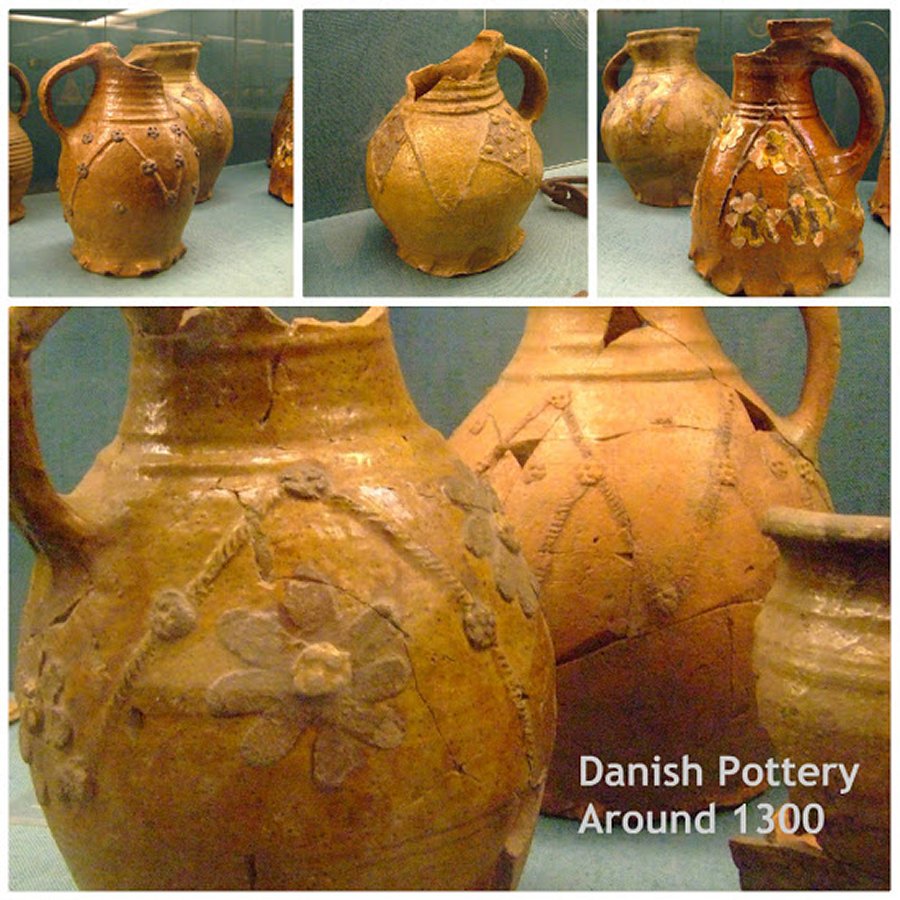
Ceramics were glazed with lead oxide to prevent the baked clay from absorbing foods and liquids, which otherwise made them a nightmare to clean.
The lead oxide glaze would coat the inside of the bowl, protecting the clay beneath. And it had an added advantage of being transparent, so a variety of colours could be added for decorative affect.
“However, it has side effects: if you use it for acidic or salty foods then the lead in the surface can be dissolved and leak into the food,” says Rasmussen.
Bjerregaard is not surprised that wealthy people in urban areas were exposed to lead. He believes the findings provide an important perspective that archaeology has not dealt with much before–the health hazards associated with the glazed ceramics.

“It’s partly something that could have been deduced, because there are many crafts that worked with lead. For example lead glazed windows and roofs, which were urban phenomena. But it’s exciting that we now have concrete chemical evidence of it,” said Bjerregaard.
A combination of chemical analysis and archaeological techniques allowed Rasmussen and colleagues to get this close to medieval culture. By the same method, they also found out that townspeople were exposed to more mercury than their contemporaries in the countryside.
“Traditionally in archaeology we’ve been limited to what we could physically observe, such as broken legs which had healed, blows to the head, and a few diseases that sat on the bones. We couldn’t get any closer than that, but now we can,” says Bjerregaard.
The new study is published in the Journal of Archaeological Science: Reports.
MessageToEagle.com
Related Posts
-
 Tomb Of A 1,000-Year-Old Sican Surgeon Wearing A Golden Mask Discovered In Peru
No Comments | Mar 30, 2022
Tomb Of A 1,000-Year-Old Sican Surgeon Wearing A Golden Mask Discovered In Peru
No Comments | Mar 30, 2022 -
 Neanderthals In Swabian Jura Used Complex Tool-Making Techniques 45,000 Years Ago
No Comments | Sep 8, 2021
Neanderthals In Swabian Jura Used Complex Tool-Making Techniques 45,000 Years Ago
No Comments | Sep 8, 2021 -
 ‘Altamura Man’ – The Oldest Neanderthal DNA Ever Collected Sheds Light On The Early History Of Hominids
No Comments | Apr 5, 2015
‘Altamura Man’ – The Oldest Neanderthal DNA Ever Collected Sheds Light On The Early History Of Hominids
No Comments | Apr 5, 2015 -
 Rare Ancient Caribbean Skull Shows Evidence Of Leprosy
No Comments | Nov 29, 2021
Rare Ancient Caribbean Skull Shows Evidence Of Leprosy
No Comments | Nov 29, 2021 -
 Large Roman Public Latrine With 60 Wooden Seats Discovered In Bet Shean, Israel
No Comments | Sep 29, 2023
Large Roman Public Latrine With 60 Wooden Seats Discovered In Bet Shean, Israel
No Comments | Sep 29, 2023 -
 Treasures of the Sea: More Than 200 Amazing And Unique Objects Rescued From The Bottom Of The Mediterranean
No Comments | Nov 20, 2015
Treasures of the Sea: More Than 200 Amazing And Unique Objects Rescued From The Bottom Of The Mediterranean
No Comments | Nov 20, 2015 -
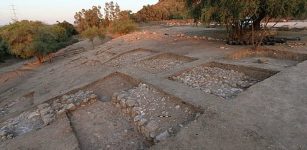 Gate To The Philistine City Of Gath – Once Home To The Giant Biblical Goliath – Discovered
No Comments | Aug 5, 2014
Gate To The Philistine City Of Gath – Once Home To The Giant Biblical Goliath – Discovered
No Comments | Aug 5, 2014 -
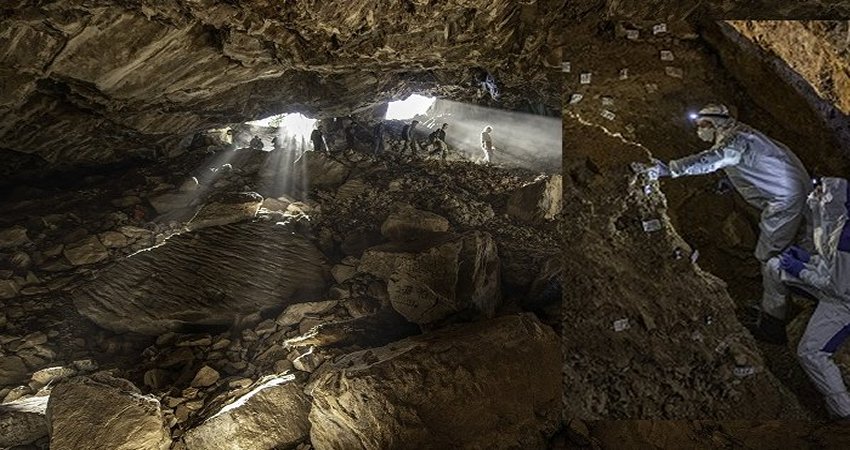 First Americans Reached The Continent 15,000 Years Earlier Than Previously Thought – Chiquihuite Cave Reveals
No Comments | Jul 22, 2020
First Americans Reached The Continent 15,000 Years Earlier Than Previously Thought – Chiquihuite Cave Reveals
No Comments | Jul 22, 2020 -
 Northern Gate Of Ancient Fortress Of Agathopolis Discovered In Bulgaria
No Comments | Jan 20, 2016
Northern Gate Of Ancient Fortress Of Agathopolis Discovered In Bulgaria
No Comments | Jan 20, 2016 -
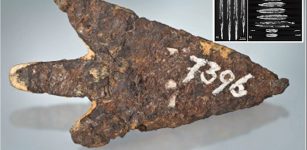 Arrowhead Made Of Meteoritic Iron From The Late Bronze Age Settlement Of Mörigen, Switzerland – Examined
No Comments | Aug 2, 2023
Arrowhead Made Of Meteoritic Iron From The Late Bronze Age Settlement Of Mörigen, Switzerland – Examined
No Comments | Aug 2, 2023
